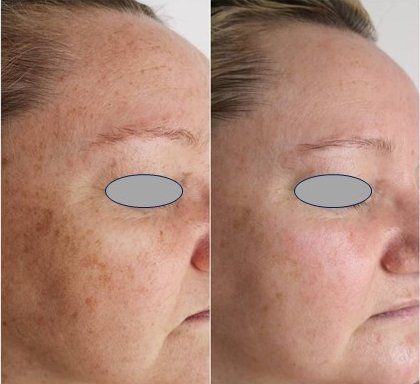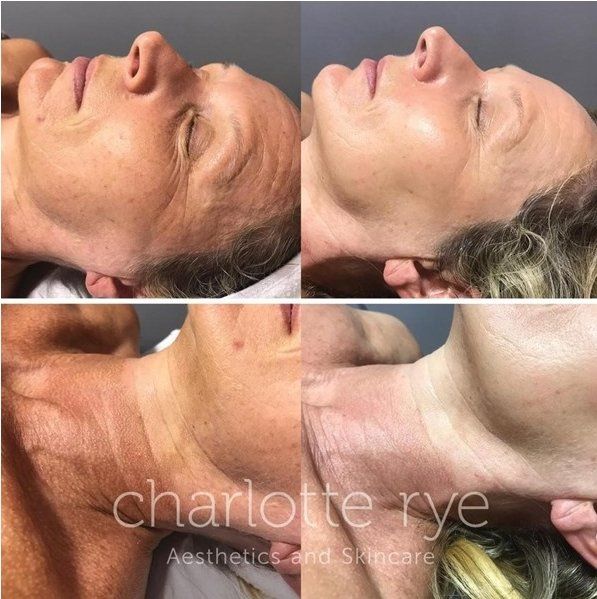Phototherapy
“So informative, so much information on a key topic for all of us - skin. Learned a lot, left people wanting more, inspiring to have advanced techniques and combinations explained. - ”
Joan Scott
What is Phototherapy?
LED stands for Light Emitting Diode, which is a computer chip encased in a glass-like resin, which emits therapeutic wavelengths (or colours) of light energy
If the therapeutic light energy is in the correct wavelength, the cells in the dermis layer of skin will convert that light energy into ATP (adenosine triphosphate), which is the fuel that the cell uses to do its job
The fibroblast cells in the dermis layer have the job of producing collagen (which give the skin fullness or that plumped look) and elastin (which give the skin the ability to bounce back). Thus, LED gives the cells a 'full tank of fuel' and these fibroblast cells start to produce collagen and elastin
•Our skin has the ability to absorb light and use it as a source of energy to stimulate a healing response
• LED therapy uses specific colour wavelengths of light that penetrate the skin at varying depths. The light works to energies cells in the skin to produce collagen, improve elasticity and increase blood circulation and oxygen flow while releasing toxins
• This stimulates the anti-ageing process, helps to normalize cellular imbalance and improves skin tone and clarity
• Achieving results with LED Phototherapy is dependent of a number of key parameters to maximize the light / chromophore interaction that allow photobiomodulation to take place
• The key parameter is the precise wavelength or nanometre (nm) which determines the target for the light and also the depth of penetration into the skin. The second important parameter is the output power or photon intensity
• The number of treatments you will need can vary with skin type and condition. One session is an ideal ‘pick me up’ for the skin. A course of treatment is recommended for long term results
This course is most often done via webinar.
Course Structure
This course is online only. This is due to our non-biased approach. But it will give you all the tools you need to make the right decision when choosing right right device (who will do brand training anyway) or if already using an LED device you will have more confidence when doing them
Webinar Contains:
- Anatomy and Physiology relating to LED
- Histology relating to LED
- Collagenesis
- Growth Factors
- The Circulatory System
- Micro Circulation
- What is LED
- Mechanisms of Action
- What is its history?
- What is Light?
- Therapeutic effects
- Detail of the colour spectrum
- Colour targets and conditions
- LED used in combination
- Choosing the right equipment
- Legislation



All images are given with grateful thanks from previous participants of our courses

